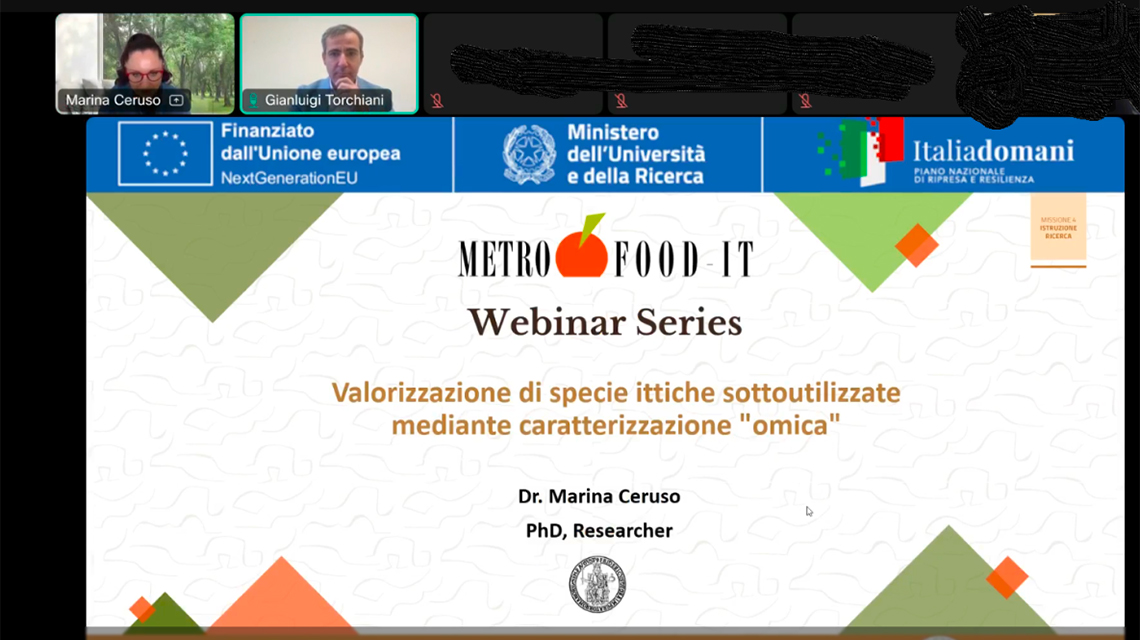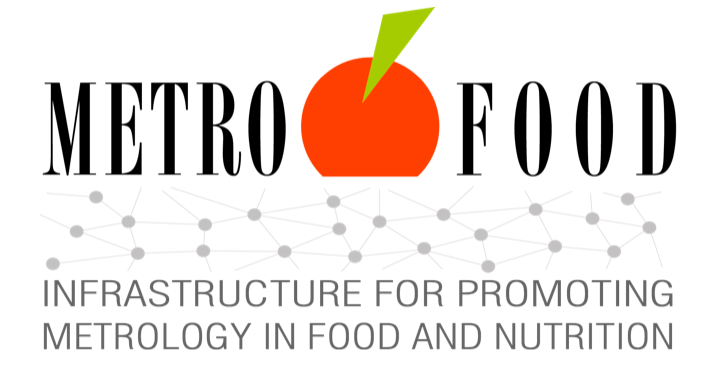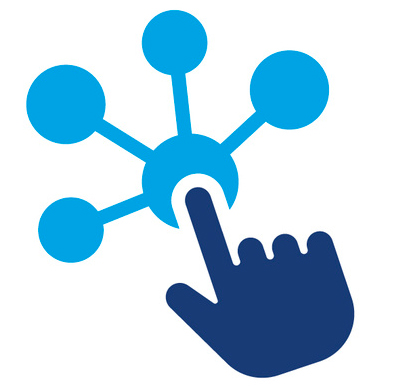Strengthening of the Italian Research Infrastructure for Metrology and Open Access Data in support to the Agrifood
Topics Covered in the Latest METROFOOD-IT Webinars: Overfishing, Raman Spectroscopy, and NMR
The METROFOOD-IT webinars held on February 13th and 14th provided an opportunity to explore how techniques and methodologies developed in the world of scientific research are already making a significant impact on food quality and safety.
The first online session was conducted by Dr. Marina Ceruso from the University of Naples Federico II, focusing on "Valorization of underutilized fish species through omics characterization." The discussion centered around the well-known phenomenon of overfishing, defined as "fishing conducted to an excessive extent, in times and ways that endanger the possibility of reproduction and therefore the survival of fish species."

Indeed, during the presentation, it was highlighted how the percentage of fish stocks fished at biologically unsustainable levels has increased from 10% in 1974 to 35.4% in 2019, indicating a concerning negative trend. Not only that, but the percentage of stocks fished sustainably has drastically decreased from 90% in 1974 to 64.6% in 2019. Essentially, the increase in global demand for fish products has triggered growing pressure on the industry and fish resources.
Compounding the issue is the fact that fishing activities are concentrated on only a few species out of the thousands that populate the seas. For example, in the Mediterranean Sea, among the most caught species are bluefin tuna (Thunnus thynnus), hake (Merluccius merluccius), anchovy (Engraulis encrasicholus), dusky grouper (Epinephelus marginatus), sea bass (Dicentrarchus labrax), and turbot (Scophthalmus maximus). For these species, there has been a significant (~40%) reduction in fish stocks over the last few decades. In this regard, research and science can help valorize even those lesser-known fish species, particularly in highlighting their nutritional qualities. Some initiatives promoted by the University Federico II focus on evaluating the functional potential of the microbiome through mtDNA characterization for proper phylogenetic analysis and species authentication, also useful against fraud. In this sense, one project involved the omic characterization and authentication of the species Boops boops – Bogue, already appreciated in antiquity.
NMR Spectroscopy
The second session on February 13th addressed "NMR spectroscopy in the food industry: overview and case studies," led by Dr. Chiara Portesi, a researcher at INRiM. The focus was on Nuclear Magnetic Resonance (NMR), where nuclei of certain atoms immersed in a static magnetic field release energy when perturbed by an oscillating electromagnetic field at the appropriate frequency. If this energy (signal) can be captured, it becomes possible to deduce structural and microdynamic information about the analyzed sample. In recent years, there has been an increased demand for analytical methods in agrifood for verifying origin, composition, safety, and authenticity from raw materials to the final product.
The advantages of nuclear magnetic resonance are numerous: it is a non-destructive technique that does not require special sample manipulation. It is also a fast and reproducible technique that provides a lot of structural information and does not require any calibration. However, there are some disadvantages, starting with the complexity of samples, which often lead to spectra that are difficult to interpret. In any case, the webinar highlighted how in recent years, NMR spectroscopy combined with chemometrics for processing high-dimensional metabolic data has become one of the preferred techniques in the field of food metabolomics. In particular, it was explained how the application of Nuclear Magnetic Resonance (NMR) in the science of wine has seen significant development in recent decades. So much so that today NMR spectroscopy can be used to:
- detect and quantify key compounds in wine: sugars, amino acids, lactic acids;
- characterize the metabolome of intact grape berries or grape extracts to estimate maturity levels before harvest;
- evaluate the influence of terroir and cultivation practices.
Moreover, NMR is widely used to address the global issue of food fraud and adulteration, a widespread and unfortunately increasing problem.
Raman Spectroscopy
Complementary topics were addressed in the webinar on February 14th, titled "Raman spectroscopy as a tool for the identification and relative quantification of nanoparticles," presented by INRiM researcher Alessio Sacco. During the live session, it was explained how Raman spectroscopy allows for rapid measurements in many environments (air, water, etc.) without the need for special sample preparations, making it a widely used technique for qualitative or semi-quantitative analysis, although metrological traceability to the International System (SI) has not yet been achieved. In particular, the webinar discussed its application to a much-discussed topic, that of microplastics: "small solid particles of non-biodegradable synthetic polymeric material, smaller than 5 mm". Through visual sorting and Raman spectroscopy, plastics were quantified and identified within animal feed samples from FFPs. In particular, residues were found in 6 out of 12 samples. These contaminations can have a significant effect on humans, as on average, 4% of the weight of plastics comes from additives that are known or potentially harmful to humans.
Upcoming Webinars
Next week, METROFOOD-IT is organizing three webinars (in italian language):
The first event is scheduled for Tuesday, February 27th, at 10 am and is titled "The role of the microbiome in food quality." During the webinar, Professor Francesca De Filippis from the University of Naples Federico II will focus on metagenomics techniques, a molecular technique based on genome analysis, which can provide a significant contribution both to identifying organisms harmful to food safety and to improving the quality of certain foods.
The second session is also scheduled for February 27th, at 11 am, focusing on "The microbiological safety of food: analysis methods and the role of viable but non-culturable (VBNC) bacteria." This webinar will be conducted by Dr. Annamaria Bevivino and Dr. Luciana di Gregorio from ENEA: it will discuss the methodologies used for microbiological safety, particularly highlighting the functioning of the most advanced ones based on molecular methods.
The third webinar organized by METROFOOD-IT is scheduled for Wednesday, February 28th, at 11 am and is titled "Applications of gamma radiation in the agri-food sector." This online session will be conducted by Dr. Alessia Cemmi and Dr. Jessica Scifo from ENEA. As indicated by the title, it will illustrate the concrete applications of gamma radiation in the agri-food sector, which have been used for decades to eliminate potential pathogens and accelerate positive mutations in certain plant species. In particular, reference will be made to the experience of the Calliope irradiation facility hosted at the ENEA Casaccia Research Center (Rome).
Registration for the first two webinars will close by 3 pm on Monday, February 26th. For the third webinar, registrations can be made until 3 pm on Tuesday, February 27th.






